This picture shows a bright Leonid meteor that was seen in November 1998. The light from this meteor lit up some clouds, creating this beautiful photo opportunity!
Click on image for full size
Courtesy of Lorenzo Lovato of Imola, Italy
Leonid Meteor Shower
The Leonid meteor shower is one of several major meteor showers that occur
on roughly the same date each year. The Leonids typically "peak"
(are at their greatest level of activity) in mid to late November. The Leonid shower's
name is derived from the fact that its meteors appear to fan out from a point
in sky, called the shower's "radiant", which lies within the constellation Leo.
In 2009, the Leonid shower is expected to peak on the night of Tuesday, November 17th. Since there will be a New Moon around this time, this year should be a good year to spot some Leonids. A bright Moon makes it hard to see meteors.
As is the case with most meteor showers, it will be possible to see Leonid
meteors for several days before and after the peak on the 17th. In fact, it
is sometimes possible to see some Leonids as early as November 14th and to continue
to spot a few up to November 21st. At this shower's peak observers may be able to
see as many as 100 "shooting stars" per hour under dark skies (away
from city lights). However, the Leonids, as compared to other meteor showers,
present a highly variable celestial show. The number of meteors visible at the
shower's peak can change quite a bit from year to year in an unpredictable fashion.
The Leonids are actually bits of dust that have been shed over the centuries
by a comet named comet 55P/Tempel-Tuttle! The dust, which spews forth from the comet's nucleus each time it passes near the Sun,
gradually spreads out over the entire orbit of the comet. If Earth's orbit happens
to cross the comet's orbit,
the swarm of debris scattered along the comet's orbit is visible to us as a
meteor shower. Since the Earth crosses the comet's orbit at the same time each
year, each meteor shower is predictably visible at the same time of year, year
after year.
Most meteors in a shower are quite small, about the size of a grain of sand.
Leonids are among the fastest-moving meteors. These meteors typically strike
our atmosphere while traveling at speeds around 72 kilometers per second (about 161,000 mph).
Because of their high speeds, Leonids typically leave long, glowing trails
in the sky.
You might also be interested in:
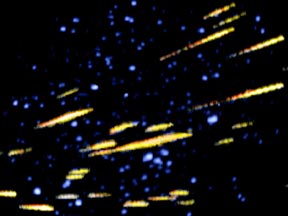
A meteor shower is an astronomical event during which many meteors can be seen in a short period of time. Most meteor showers have a peak activity period that lasts between several hours and a couple of
...more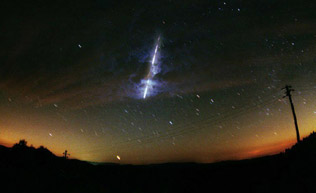
Meteors are streaks of light, usually lasting just a few seconds, which people occasionally see in the night sky. They are sometimes called "shooting stars" or "falling stars", though they are not stars
...more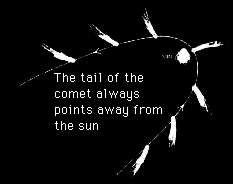
When comets are kicked out of the Oort Cloud, they begin a passage into the solar system, spinning and tumbling as they come. The trajectory which they acquire can be hyperbolic, parabolic, or elliptic
...more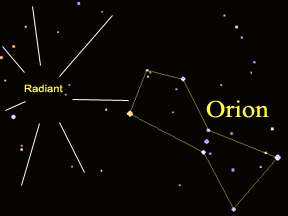
The Orionid meteor shower happens every year in October. Meteor showers are times when you can see many meteors or "shooting stars" in one night. There are several meteor showers each year. Most meteor
...more
The Leonid meteor shower is one of several major meteor showers that occur on roughly the same date each year. The Leonids typically "peak" (are at their greatest level of activity) in mid to late November.
...more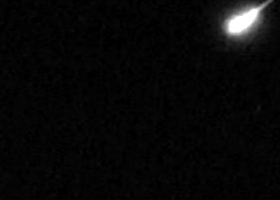
The Geminid meteor shower happens every year in December. Meteor showers are times when you can see many meteors or "shooting stars" in one night. There are several meteor showers each year. Most meteor
...more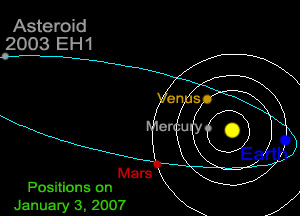
The Quadrantid meteor shower happens every year in January. Meteor showers are times when you can see many meteors or "shooting stars" in one night. There are several meteor showers each year. Most meteor
...more













